A look inside the life and career of a 10+ year tennis media and communications expert with experience from TENNIS.COM, Tennis Magazine, ATP Tour, and Universal Tennis.
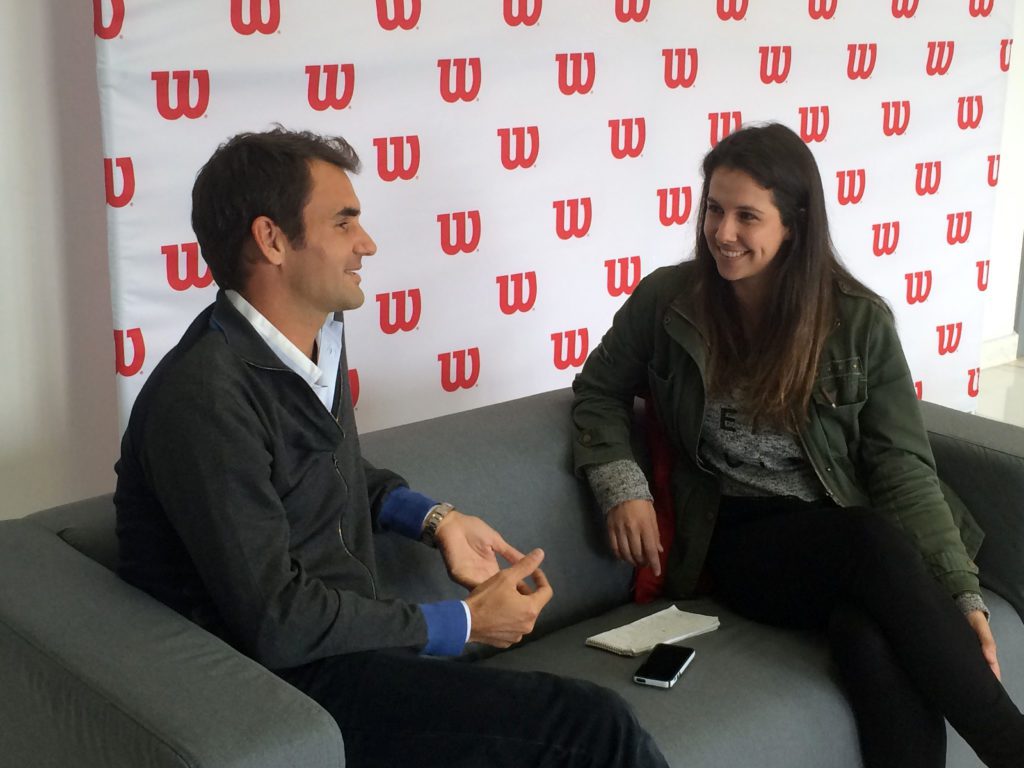
About Nina
- Marketing and Communications Manager at Universal Tennis
- Writer, editor, host, and producer
- Former writer and podcast host at TENNIS.COM/Tennis Magazine
- Former NCAA Division I tennis player at UCLA and University of Missouri
- Member of Emerging Leaders Council for the International Tennis Hall of Fame
- Native of Serbia
- Moved to Florida at age 11
Quick Hits
- Tennis Podcasts: I loved the SI Tennis Podcast with Jon Wertheim when it was running. Also enjoy the TENNIS.com podcast with Kamau Murray, Behind the Racquet, NCR, and The Tennis Podcast. I’m an equal opportunity podcast listener, especially if you have an interesting guest.
- Grand Slam: Australian Open is my favorite because the setup is so convenient and walkable from downtown.
- Tournaments: Delray Beach is such a gem. Newport is probably my #1 but it’s very expensive to travel there so it’s not quite as fan-friendly. Indian Wells is a no brainer too. I also love Madrid.
- Tournament Bucket List: Acapulco and Rome are at the top of the list.
- Player Interviews: Andrea Petkovic, Roger Federer and Andrey Rublev
Nina’s 7-Point Breaker
1. Tell us about your recent transition to UTR. What does a day in the life look like on the job?
Overall it has been a nice change of pace with various pros and cons like any career. Since we aren’t dependent on the weekly professional tennis calendar like at TENNIS.com, I am not tracking every result the same way I used to. I still enjoy staying closely in the loop though. There is an exciting mix of very intelligent people at UTR from both tech and tennis backgrounds, which brings a really unique energy to the team. Now we’ve grown to over 100 employees.
My role includes a lot of writing and content creation, which I enjoy a lot. Beyond writing, there are more PR components and other factors to take into account when determining the best way to launch a new program or product. I work on an 8-person marketing and communications team, and my position is involved in every vertical (flex leagues, clubs, pro tennis, junior tennis, etc.) because marketing impacts everything we do at UTR. Working in a marketing and communications role challenges you in different ways beyond churning out articles at every tournament when you are covering tennis as a journalist.
2. After a controversial year for tennis media in 2021, what’s your take on the ongoing press conference debate?
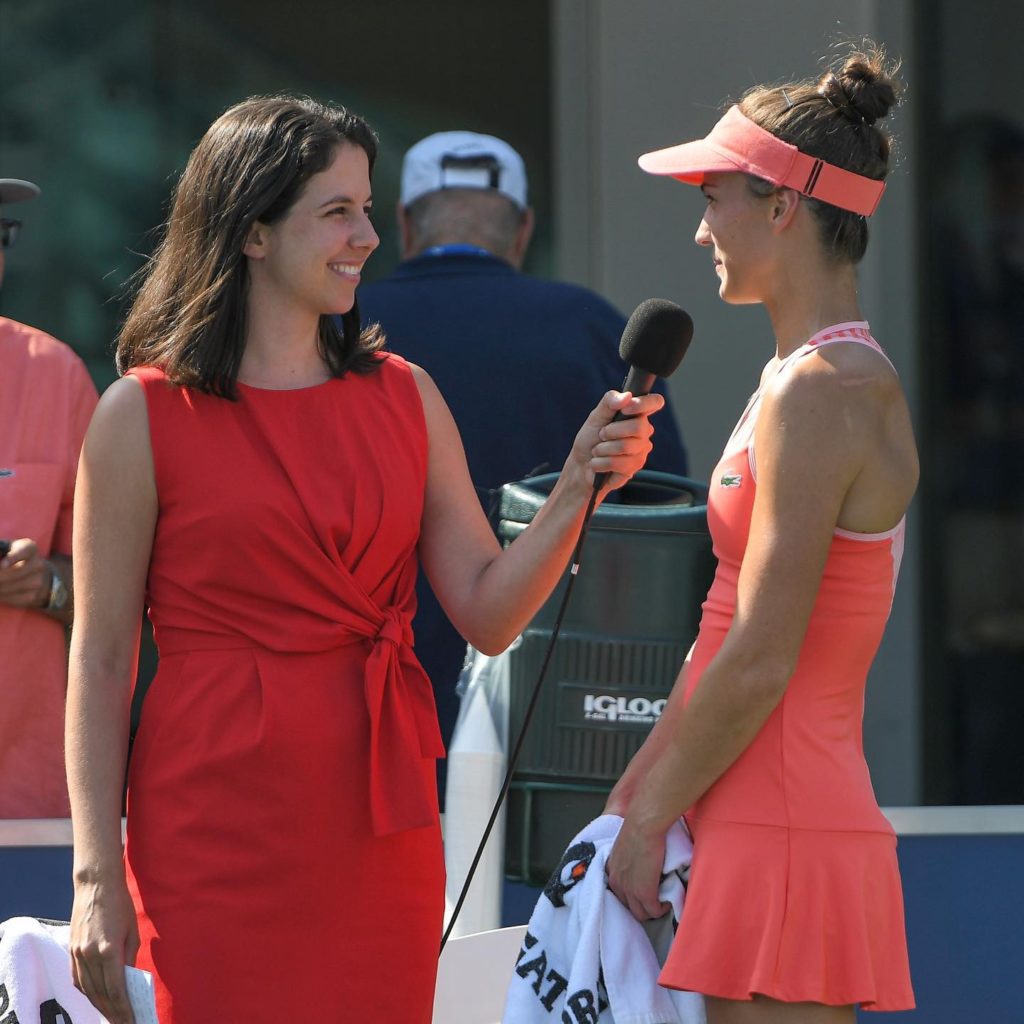
It’s definitely a juicy question at the moment. Tennis is such a traditional sport, which can be challenging because that also includes having traditional press rooms and newspaper media.
I’ve been in a lot of press rooms, and they can feel very stale and repetitive sometimes. Players get bored and answer the same questions the same way. You don’t get your questions answered and then end up relying on something from another journalist. There are so many talented people working in tennis, but I don’t see a solution coming anytime soon unless the entire media landscape changes.
People need to use content in more creative ways moving forward. Consider prioritizing less requests but more quality interactions in smaller settings where journalists can get to know the player on a more intimate level.
Anyone else trying to churn out match reports could get an audio recording of 5-6 general questions the players get asked. No matter what happens, we need to make sure the access between players and journalists doesn’t go away.
3. What are your thoughts on the current tennis media landscape? Where do you see it evolving in the future?
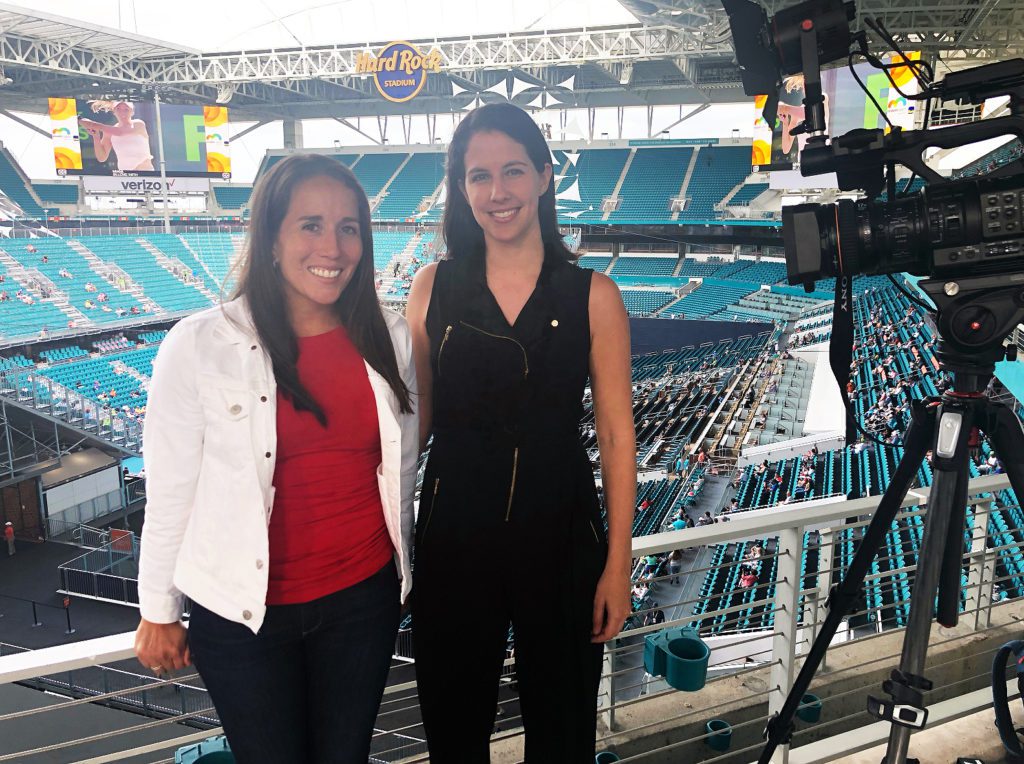
As a former journalism major, I’ll always have a soft spot for print magazines. I know it’s not the trendiest thing because less people read long-form stories today, but I love seeing things in print and holding something in my hand. Racquet Magazine has done a great job evolving and bringing something new and fresh to tennis media. They have the freedom to go and chase juicy and controversial stories with unique opinions. They’re also super interested in art, which is cool to see.
Today, media is primarily digitally-based, shorter, and faster. Everything needs to be quick and entertaining. I think this will only continue to be more important moving forward. I expect players to be even more involved in creating their own storylines. Could players have their own media companies at some point? They’re already controlling the narrative through social media, but I could see them take it a step further because they have the money, the interest, and the voice.
I also think there will be more fan involvement. Will we see fans asking interview questions? I like having the fans more engaged, but there definitely needs to be some type of filter or moderator involved.
Play Doubles?
Get doubles tips and strategies every Thursday – learn to play smarter and win more matches!
Bonus Guide: 3 Doubles Tactics to Force Errors & Get More Easy Volleys
4. With a long tenure at TENNIS.com and Tennis Magazine, how did you initially get your foot in the door?

It’s a funny story actually because I recently caught up with my old boss. I was taking a magazine design class at Missouri and needed to interview an editor for a project. I emailed Tennis Magazine and said something like “Hey, I’m doing a class project. Please respond.” (Not those exact words…but you get the idea.)
I was pleasantly surprised to actually get a response and spoke with a man named Scott, who was editor in chief of the magazine. At the end of our conversation, I told him I was graduating soon and ended up getting hired full-time about six months later. I’m sure they were like “who are you?” but if you look at my background, I had a strong mix of experience in tennis and journalism for the position. Thankfully he opened that first email and agreed to help me with my class project.
5. Which stories from your career have been the most memorable?
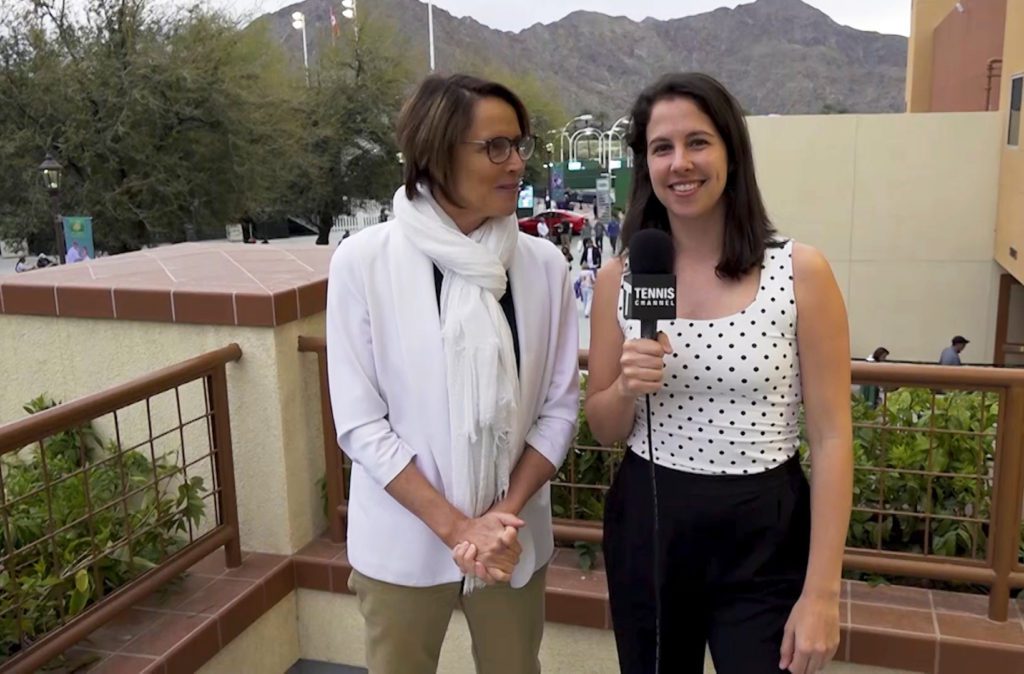
There are two stories that come to mind. My favorite piece was a profile I wrote on Monica Puig. It wasn’t a puff piece, but more of a realistic feature on her struggles after winning an Olympic gold medal in 2016 at the Rio Olympic Games. She faced so many injuries and other setbacks with difficulties in Puerto Rico. She also lives in Florida and we have mutual friends. I really enjoyed speaking with her.
I usually err on the side of being nice and genuinely want to grow the sport and promote the game. I was a little hesitant because it was one of my most interesting pieces. Fortunately, Monica supported it and re-shared it.
I also wrote a fun piece on how the media has defaulted to Zoom and why I think this is a bad change. I’ve managed a few virtual events for the ITHOF and it’s difficult running a remote interview. You can control so many more variables when doing in-person than virtual.
People behave much better in person around their peers than online. When you’re in a room with other journalists, you can feed off each other and respect each other, build off questions, and actively listen. A virtual environment doesn’t allow for that level of interaction, and it can also feel super lonely.
I had the chance to interview a few of my colleagues and presented both sides of the argument. It was really cool to see how they put together the layout in the print edition of Tennis Magazine.
6. What’s the most challenging part about working in tennis that might surprise people?
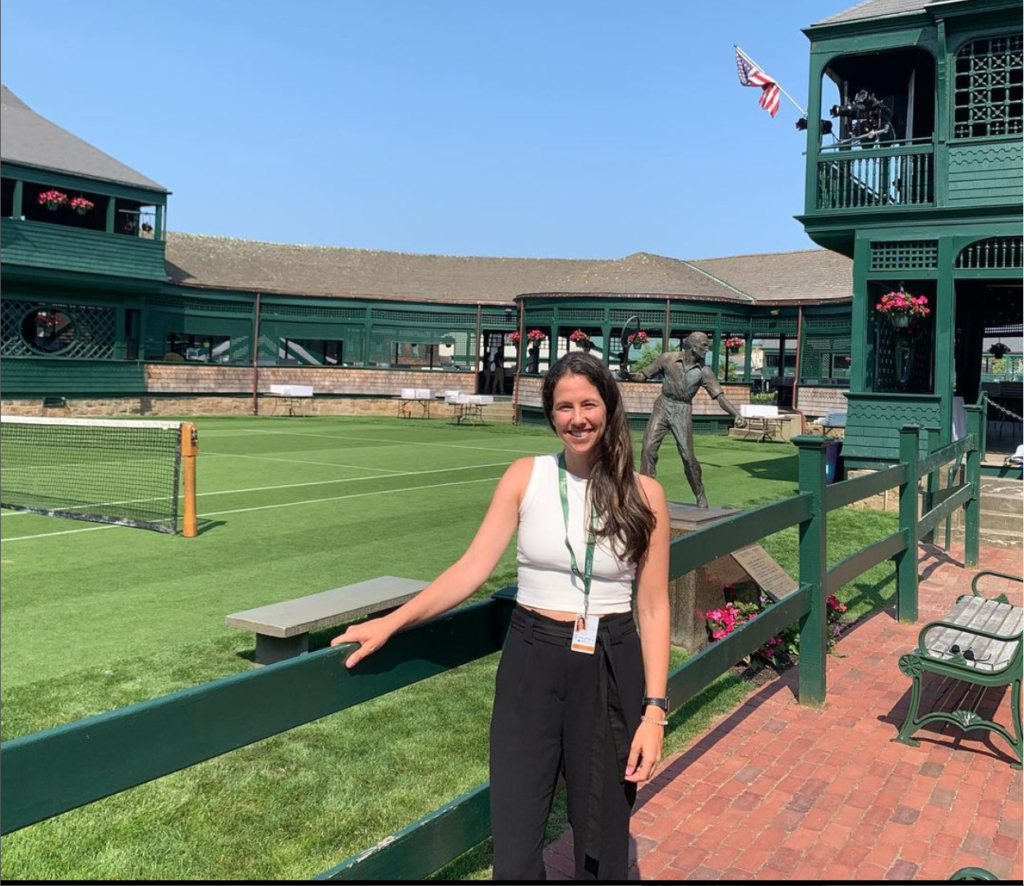
It’s easy to get tired of chasing players because you’re always putting in requests to speak with them. When you get rejected, it can definitely be an ego hit. I don’t really miss that part of covering tennis. Your story depends upon their comments, so then you have to rethink who else you can talk to instead of the player. Maybe it’s their coach, parent, friend, or someone else from their team.
Sometimes it can be difficult to find creative ways to tell the same story again. How can Novak winning over and over be interesting for the 10th time? Or Rafa winning Roland Garros every year? It’s an amazing feat what the Big 3 has accomplished, but it can get repetitive from a storytelling perspective.
When I worked at Tennis Magazine, the long-lead time of a print publication was especially challenging at times. You have to design, write, and print your stories far in advance, knowing so much can change over a few weeks while the magazine is in production.
7. What are your next career goals? What advice would you give to others interested in pursuing a career in tennis?
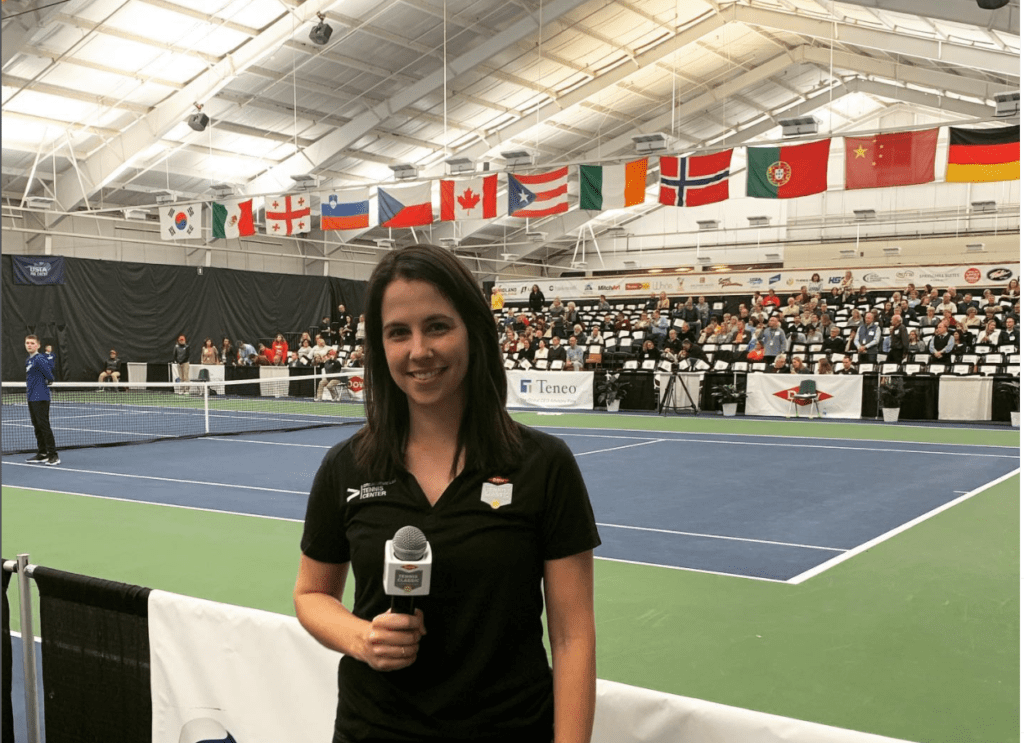
I would like to do more commentary and stadium presenting in the future. Blair Henley nicely connected me with my first stadium hosting opportunity at Midland in 2020 (pictured above) and it was great. I’m very grateful for people in tennis like Blair to be able to call and pick her brain or get feedback on anything.
For others interested in working in tennis, I would say send a LOT of emails because you never know where those can take you (hello Tennis Magazine!). A phone call can be equally as valuable if you email someone and ask if they have five quick minutes to chat about one topic. It’s hard to make it full-time in tennis – not everyone can be Jon Wertheim or Chris Clarey. I would encourage people to expand their horizons and remember you have to start somewhere.
Connect with Nina
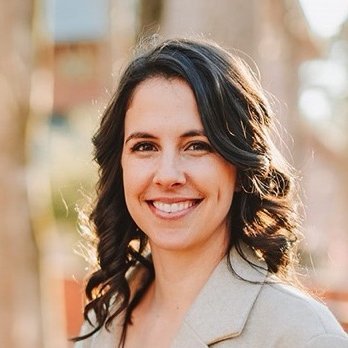
Website: npt-media.com
Instagram: @ninapantic1
Twitter: @ninapantic1
LinkedIn: Nina Pantic
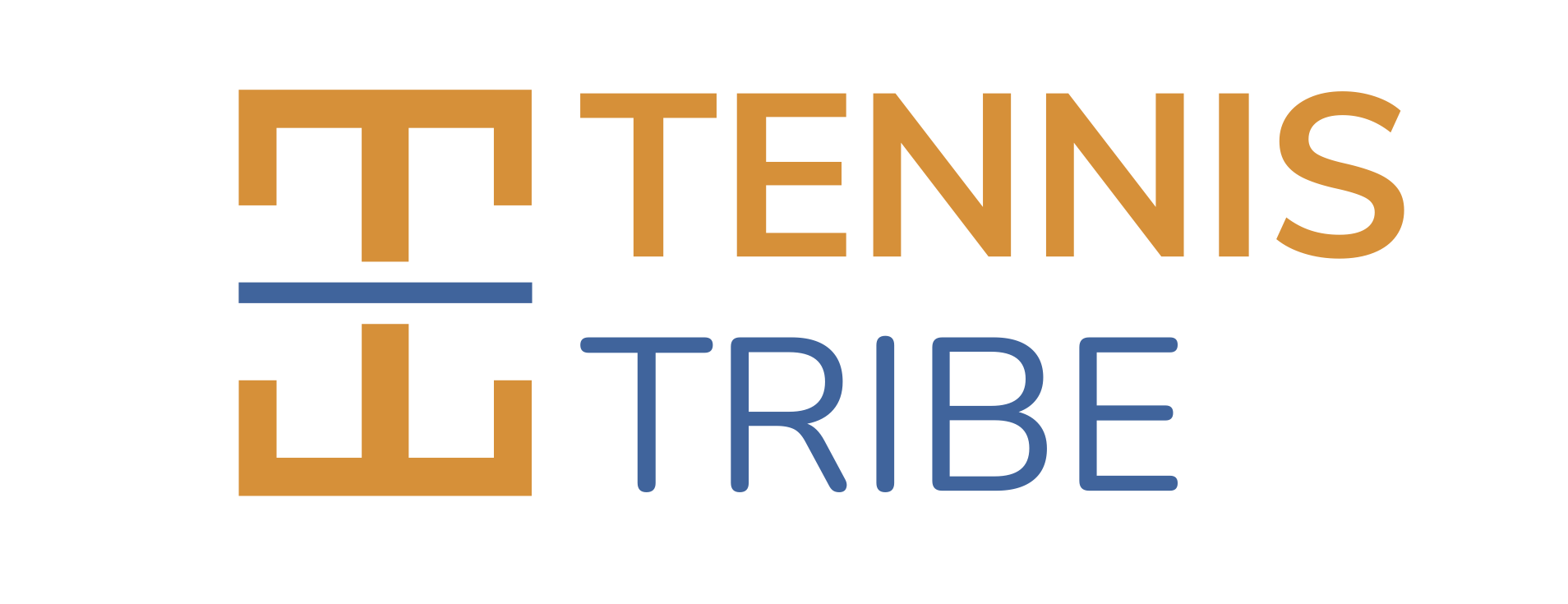
Leave a Reply